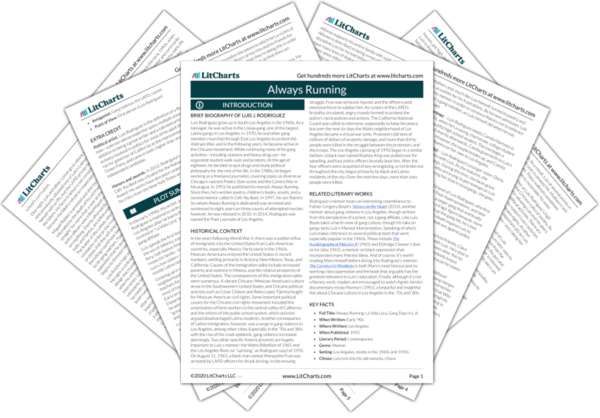AI ToolsNew
Tools to make learning and teaching easier
|
Previous
Preface
|
Always Running: Chapter 1 Summary & Analysis |
Next
Chapter 2
|


Upgrade to unlock the analysis and theme tracking for all of Always RunningAlways Running!
Get LitCharts A+